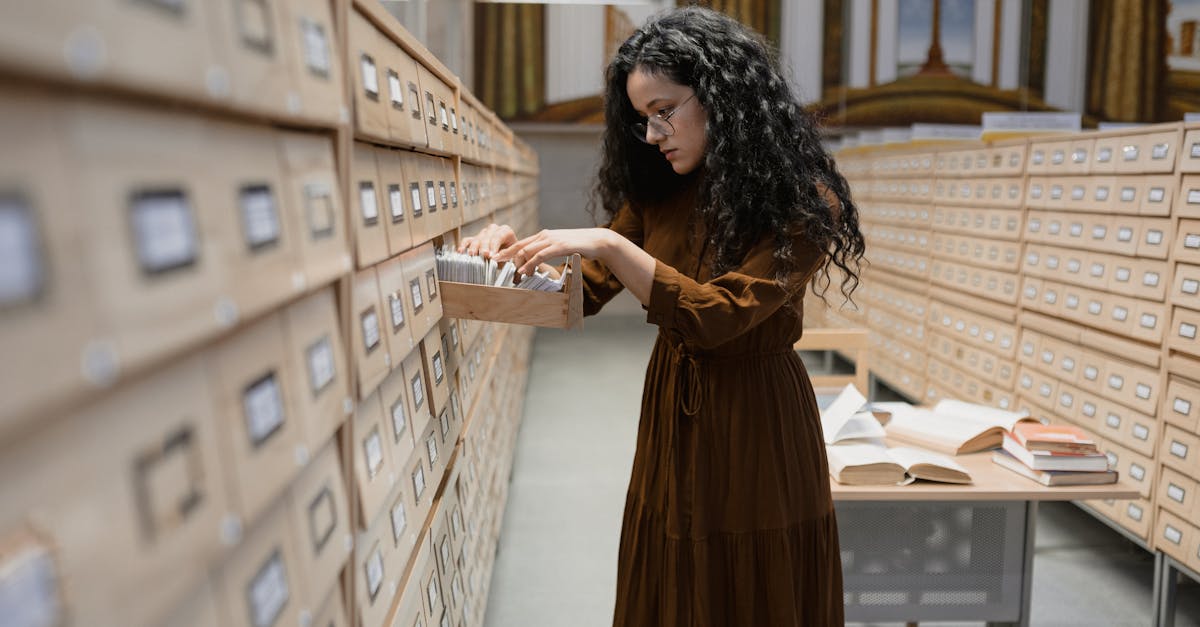
The Science Behind Birthdays: Historical Insights into Birthday Statistics

Birthdays are more than personal milestones; they are a lens through which we can view historical and societal trends. Understanding how birthday statistics have been collected and utilized reveals much about our cultural evolution.
The Origin of Birthday Record-Keeping
The practice of recording birth dates can be traced back to ancient civilizations. The Egyptians were among the first to use birth records for astrological purposes, linking one's destiny to the stars' alignment at birth. For more on how astrology influences birthdays, you might find our article on Astrology and Birthdays: A Historical Perspective insightful. As societies advanced, these records became crucial for administrative purposes, such as taxation and inheritance.
The Evolution of Birth Registries
With the rise of nation-states in the 17th and 18th centuries, systematic birth registration began to take shape. Governments realized the importance of demographic data for planning and governance. In England, for example, parish registers were mandated in 1538 by Thomas Cromwell under King Henry VIII's reign. These early records laid the groundwork for modern census techniques and population studies.
In the United States, federal efforts to standardize birth registration began in earnest in the early 1900s. By 1933, all states had a functioning system in place, allowing for accurate demographic analysis and public health planning.

How Birthday Statistics Shape Society
Societal Trends and Celebrations
Birthday statistics offer a window into societal change. For example, birth rate fluctuations reflect economic conditions, such as the post-World War II baby boom or declines during economic recessions. These patterns influence cultural phenomena like school enrollments, job markets, and even marketing strategies. For a broader look at how birthday celebrations have evolved, check out The Evolution of Birthday Celebrations: From Ancient Rituals to Modern Parties.
The Influence on Cultural Traditions

Beyond dry numbers, birthday statistics have nurtured cultural traditions. The celebration of birthdays as special events has evolved over centuries, influenced by religious beliefs, economic circumstances, and societal norms. Today's birthday parties often blend historical customsfrom cakes and candles rooted in ancient Greece to modern social media announcementsshowcasing a fusion of tradition and innovation. To explore this further, consider reading Why We Blow Out Candles: The Origins of Common Birthday Traditions.
Conclusion
Understanding birthday statistics isn't merely about numbers; it's about appreciating how these figures narrate human history. From ancient astrological charts to contemporary demographic studies, birthdays have helped shape our understanding of ourselves both individually and collectively. As we celebrate our own milestones each year, it's fascinating to reflect on how these personal dates contribute to a larger story that transcends generations.
By exploring the intricate history behind birthday statistics, we gain deeper insight into how societies grow and evolve while honoring individual lives.
Related Reading: